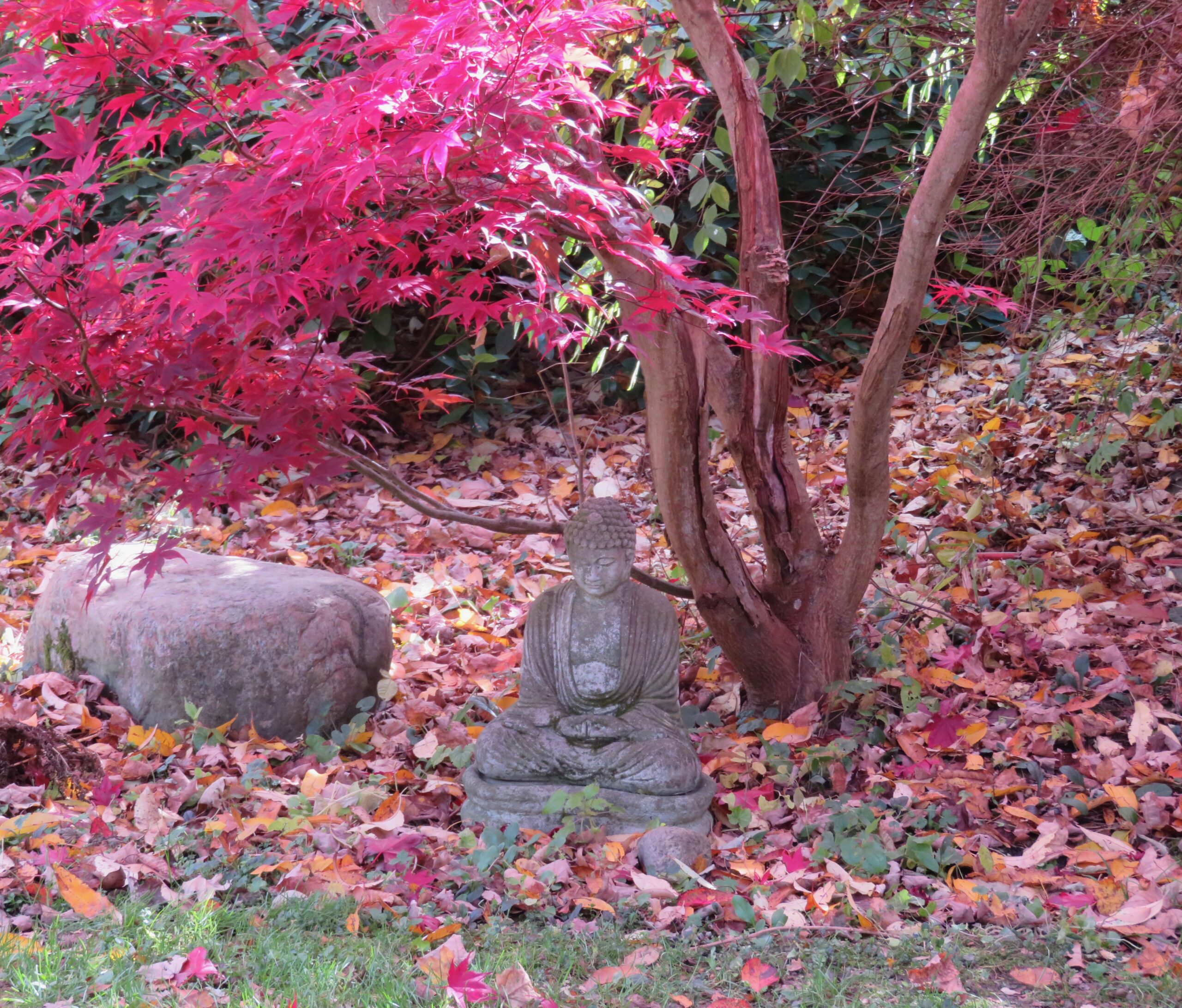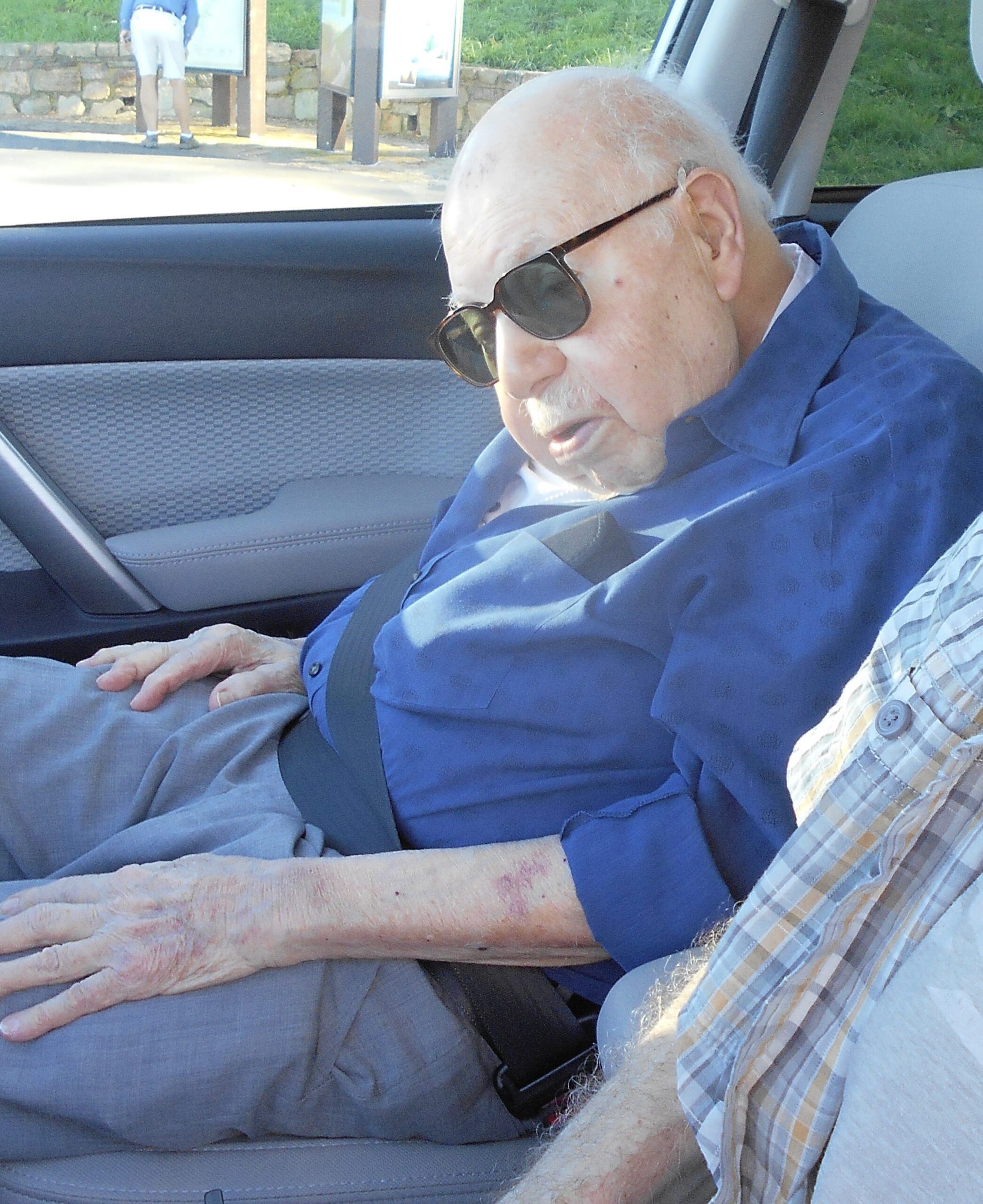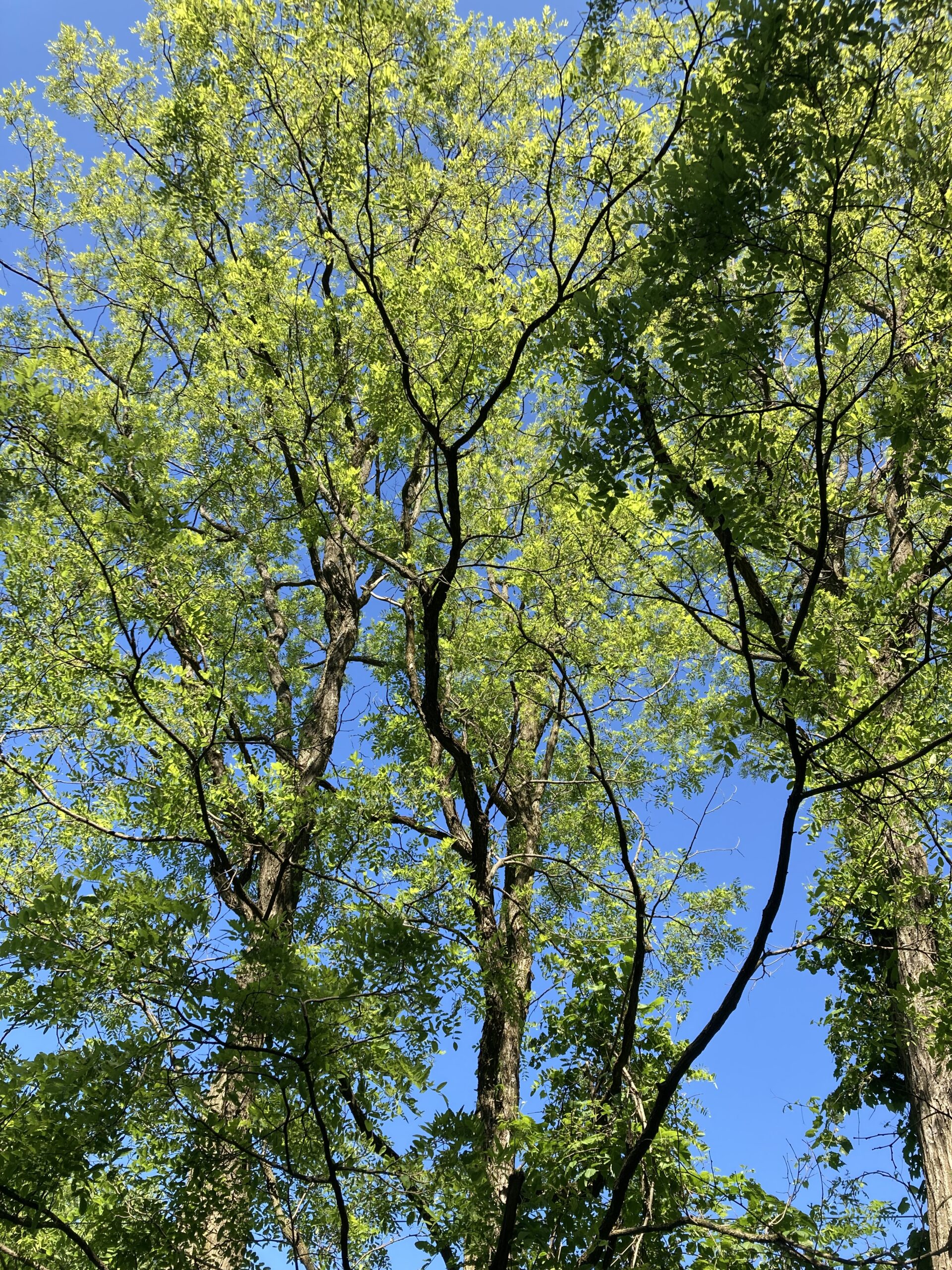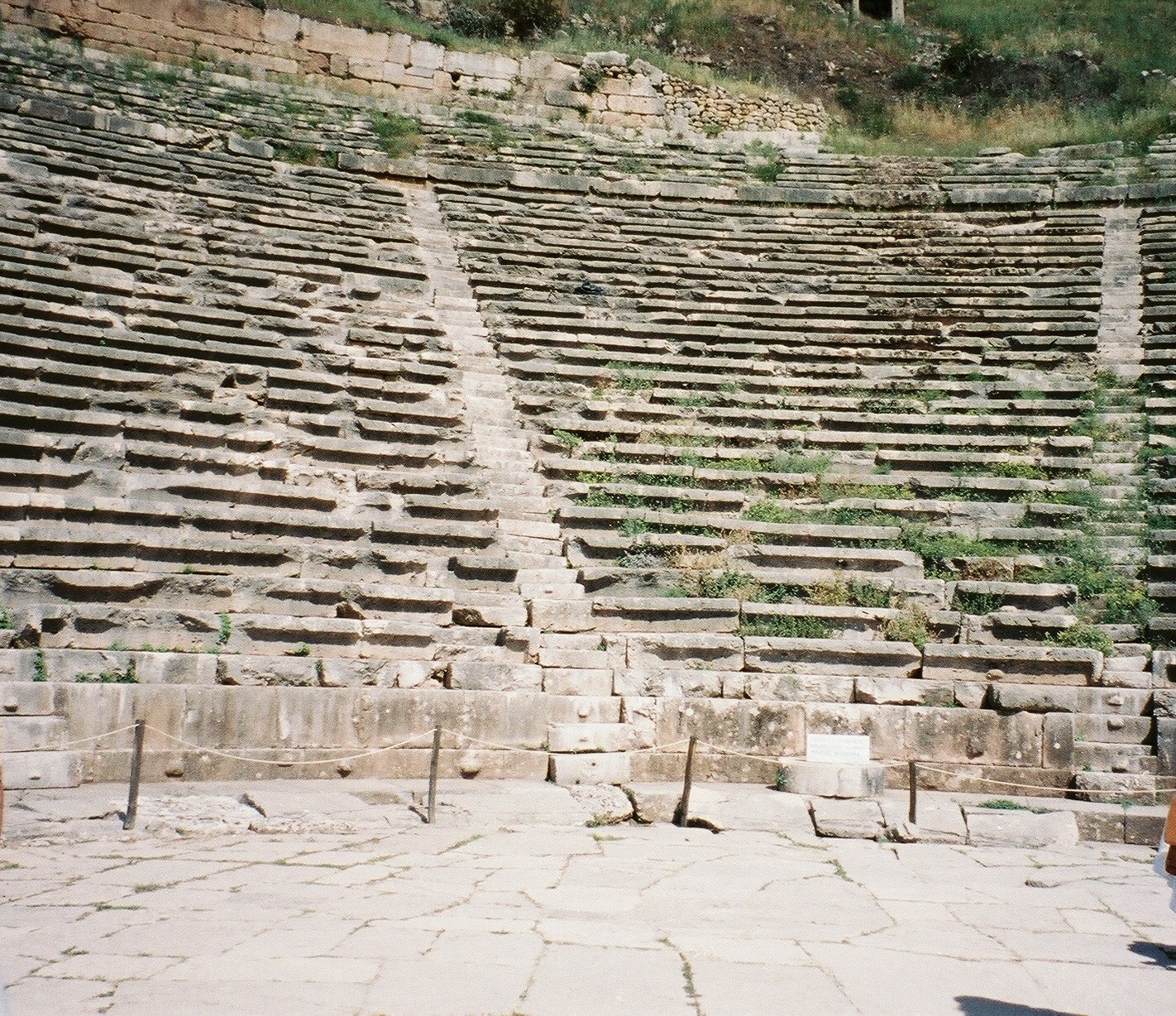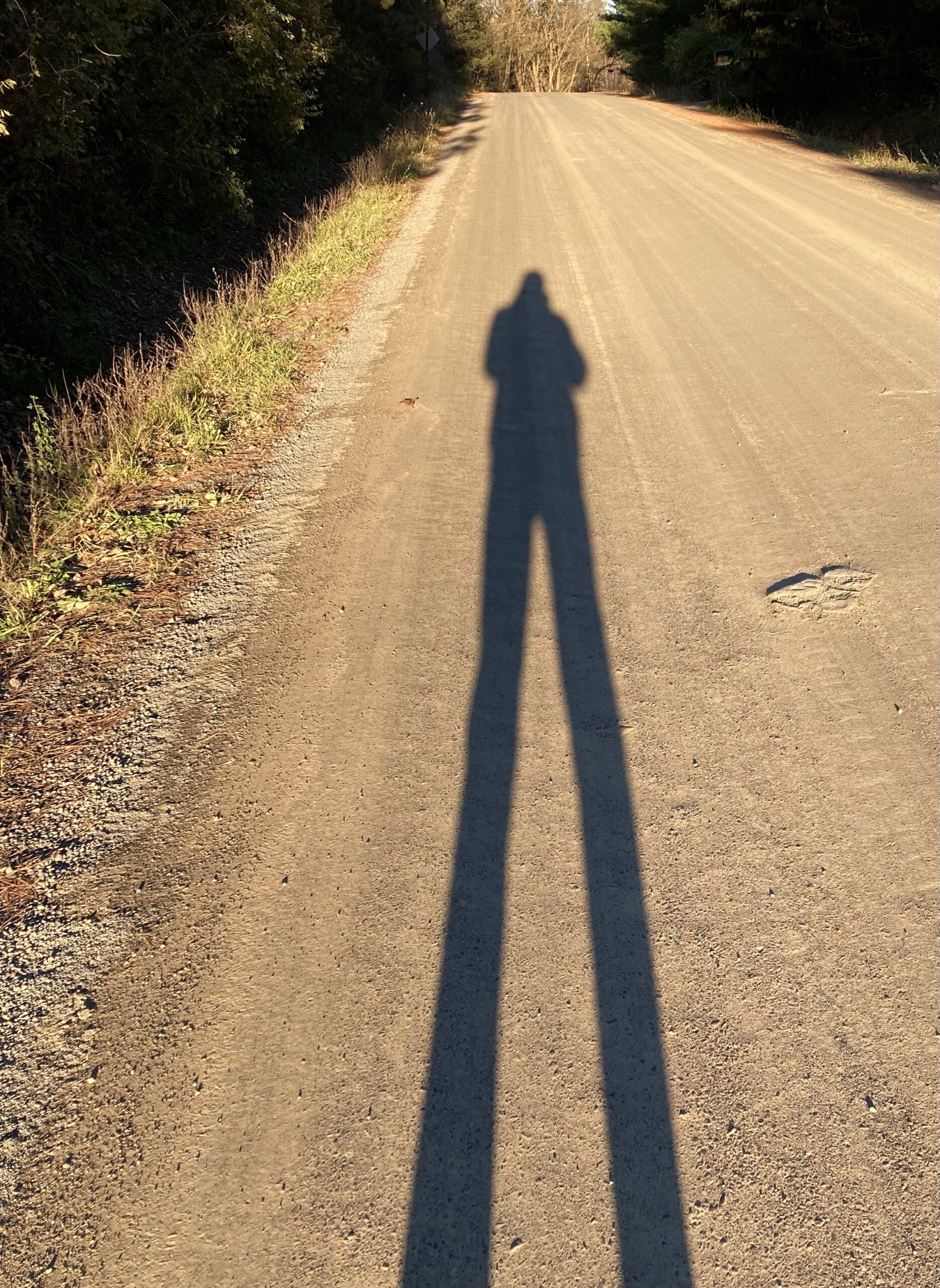I woke up at 1:15 am. I didn’t want to be awake. I wanted to rest and dream. To be unconscious. Then, in the background, I heard a wonderful mix of sounds that surprised me with its steady presence. And my attention shifted to it⎼ to the continuous song of crickets, harmonizing with the individually louder, more irregular song of cicadas.
And maybe it was some quality in the sound itself or maybe it was in the focusing of attention, but the sound became everything. Afterwards, I thought it a bit magical, because all inner dialogue, all talk about missing sleep or missing anything, had also disappeared. This was not something supernatural, but revealingly natural. Inner dialogue requires a sort of split in being, an idea of a me to talk and another to talk to. But the song of crickets was both the speaking and the hearing, the subject and object. For a moment, hearing the crickets and cicadas was hearing listening itself. Then I fell asleep.
Sometimes our lives can be so precarious, painful, and bleak. Or it can seem banal one minute, and alive, unexpected, instructive the next. The focus on crickets doesn’t always work; it’s not a sleeping pill. It’s not automatic. But, I think, we all want experiences that are engaging and interesting, or that make us interesting, to ourselves, as well as to others. That, as the poet David Hinton says in his book Orient: Two Walks at the Edge of the Human, awakens in us a good story, one that exposes our uniqueness. This simple magic does that. We need a quality of attention to get there, that allows us to hear the eloquence of crickets and cicadas. That allows us to find in that eloquence a universe larger than where we often imagine we reside.
I usually meditate and exercise in the morning. For years, I’ve been learning how to keep attention awake to whatever arises inside or around me, and to attention itself, so it doesn’t get lost in distractions. Or I’d do a standard practice of counting each breath. This entails counting each exhalation. Then being aware of each inhalation and the space between the two. As I exhaled, I’d silently say onnnneee to myself. Then I’d feel the pause⎼ and let the inhalation happen simply by itself. And with the next exhalation, I’d say twwwooo to myself. But on this day, each pause became clear, and not just something to get done or cross off a list. Every breath, every moment became important.
I realized how my “normal” awareness often skipped over moments. And I didn’t want to skip so much of life. I didn’t want to lose the moments when crickets speak, for example.
And there’s another reason why the sound is so important to me. It has a personal meaning. Crickets get so loud at the end of summer. And when I was still working, still teaching, and August came around, the crickets would remind me that my vacation was almost over. The new school year was about to begin, and the sense of summer’s freedom was almost gone. I had to take advantage of this moment now, before it was lost to me. So, each night, I would sit on one of the steps of my deck, one of my cats on my lap, and I’d do nothing but listen.
And this pausing in my life helped me prepare for the school year….
*To read the whole article, please go to The Good Men Project.

